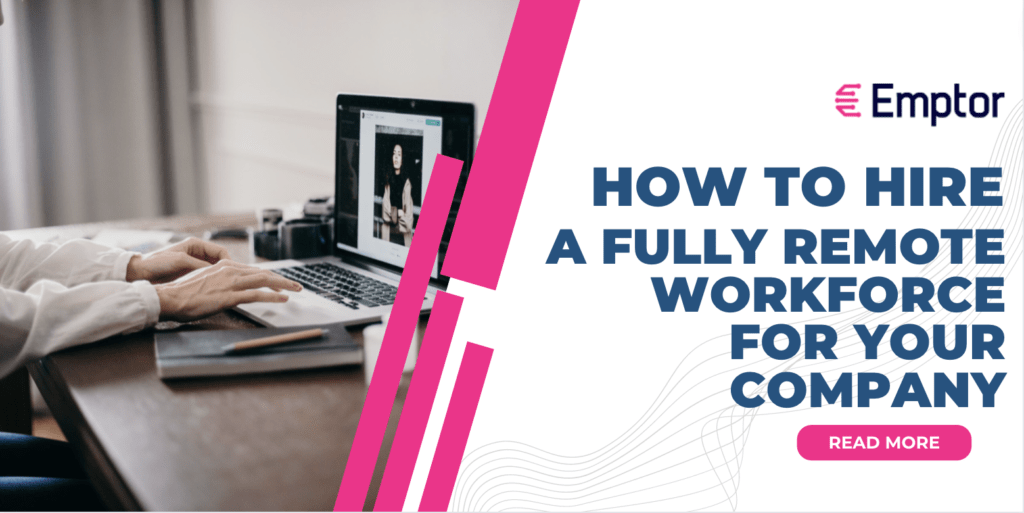Let’s define employee profiling
Is a method that is used during the hiring process to identify the right potential candidates for a particular job profile or position within your company.
Usually takes place before hiring, the process needs to be unbiased and unprejudiced, some of the most common tools in order to do that are:
Psychometric tests
Psychometric test or psychometric assessments refers to a range of psychological tests which are used to evaluate human thought and behavior, the main aim is to measure skills, potential, trait, thoughts and many more characteristics of the potential candidate.
Aptitude test
This test purpose is to assess the skills, talents and abilities of an individual across several domains.
IQ test
IQ (Intelligence Quotient) is an assessment of cognitive development with respect to the development age.
Interest test
Interest Inventory analyzes the aspects and fields that provide long term satisfaction to the person
These tests are designed to profile mental capabilities and behavioral style, also evaluate candidate´s cognitive skills in order to match them with the job requirements.These assessment tests bring a general idea to the hiring company if the collaborator will work well with he’s/her teammates.
Personality tests
A personality test aim to reveal soft skills and personality traits that reveal leadership, team spirit and collaboration attitude in order to be part of top performers team.
In addition yo need to look into your job profiles and job description(s) to attract and retain top talent, a brief description next.
Job profile
A job profile is a document written by the employer that contains relevant information regarding a job position. The main aim of a great job profile is to increase the odds to attract top performers to your company, properly describing requirements and duties of that particular position can determine if a candidate is qualified for that particular job.
Some of the main benefits of a clear job profile might be:
- Bring employers a clear point of reference when assessing performance of a particular collaborator
- Provides a clear structure of essential duties, responsibilities and deliverables to measure performance
- Shows HR and talent acquisition what part of their activities can be improve by providing training
Job profile elements
Job title:
It shows the exact name of the open position
Job summary
Outlines the main aspects to fill in the job position
Job requirements
Hard skills, soft skills, experience needed
Company information
Builds employer branding, all the information regarding your company, corporate culture and why is awesome to work aligned with your vision
Job benefits
PTO, Paid time off, Offsites, insurance and retirement plans if apply.
Pay range information
Salary, compensations and performance bonus
Job description
A job description is a detailed approach to everyday task these position is going to be accountable, setting objectives on a daily basis and setting performance reviews.
Some of the main benefits of a clear job description might be:
- Shows to the collaborator what is expected from the company point of view
- Bring detailed information to the applicant who can relate with the skills needed and assess if it’s a fit for that position
- Helps to establish clear objectives and goals to evaluate performance
Job description elements
Tasks and responsibilities
Establish daily task in order to outline collaboration between teams and
Relevant skills
Include a list of relevant skills necessary to perform daily tasks
Performance standards
Outline qualitative and quantitative standards, deliverables, timelines required to successfully perform the job.
Job authority and seniority
Establish seniority, and organizational charts in order to follow the command chain to collaborate and report efficiently.
Frequently asked questions
Q: What is employee profiling?
A: Employee profiling is the process of creating a profile of an individual employee or group of employees in order to better understand their skills, strengths, weaknesses, and other characteristics. This can involve gathering data about employees through various methods such as personality tests, performance evaluations, and feedback from managers and colleagues.
Q: Why is employee profiling important?
A: Employee profiling can be useful for a variety of reasons, such as helping managers make more informed decisions about promotions, assignments, and training opportunities. By understanding an employee’s strengths and weaknesses, managers can better tailor their approach to that employee and provide support where it is most needed.
Q: What methods are used for employee profiling?
A: There are a variety of methods that can be used for employee profiling, including personality tests, skills assessments, job performance evaluations, interviews, and 360-degree feedback from colleagues and managers.
Q: Are there any legal concerns with employee profiling?
A: Yes, there are some legal concerns with employee profiling, particularly when it comes to using certain types of data, such as race, gender, or age, which are protected under anti-discrimination laws. It is important for employers to ensure that their profiling methods comply with applicable laws and regulations.
Q: How can employees benefit from being profiled?
A: Employees can benefit from being profiled in several ways. For example, profiling can help employees identify their strengths and weaknesses and work on areas where they need improvement. It can also help employees better understand their career paths and potential for advancement within the company.
Q: How should employers communicate with employees about profiling?
A: Employers should be transparent about the purpose and methods of employee profiling and should communicate with employees in a clear and respectful manner. It is also important to ensure that employees understand the benefits of profiling and how it can help them grow in their careers. Additionally, employees should have the opportunity to provide feedback and ask questions about the profiling process.
Background check and identity validation in Employee profiling
As we stated employee profiling requires many steps in the process to build a great strategy to track performance. In addition you also need background screening and identity validation to re ensure you are hiring the right people in your company. Emptor can help you with automated background checks, you can schedule a free demo by clicking on the image, we will be very glad to collaborate with your company.




